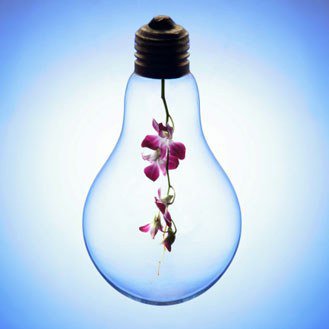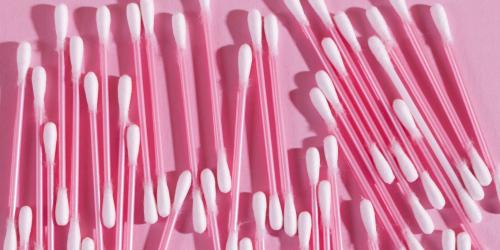They are mainly made in Asia ...
but the energy saving that low consumption bulbs can achieve at home largely offsets the CO2 emitted for their manufacture and transport.
They contain mercury ...
but in small quantities. Between 2 and 5 mg, 1000 times less than our old thermometers. Since 2012, we should not exceed 1 mg: the manufacturers are committed to it. And if we break a low energy bulb? It is ventilated for 1/2 h, even if there is no risk of intoxication with the mercury vapor released.
They do not go to the trash ...
but in specific bins, accessible in the outlets (supermarkets, DIY stores) and supported by an eco-organization, Récylum. 93% of the weight of low energy bulbs is recyclable (we make fluorescent tubes, abrasives ...) and 0.25 € of their price is devoted to this treatment. And when low energy bulbs escape recycling , as is currently the case for 70% of LBCs? They follow the treatment of conventional waste (incinerators). No risk of finding mercury in nature!
They are not suitable for all luminaires ...
or even to all the rooms because they put between 10 s, for the fastest ones, and 2 min, for the slow ones, to reach their full power, and that they do not support the repeated ignitions. But they can be replaced by "high efficiency" halogens while still saving between 30 and 50% of electricity consumption .
They last longer.
Between 6,000 and 20,000 hours for the stars of longevity. By changing its low consumption bulbs every 6 years, we reduce considerably its waste and therefore its ecological footprint!
Source: French Lighting Association.


